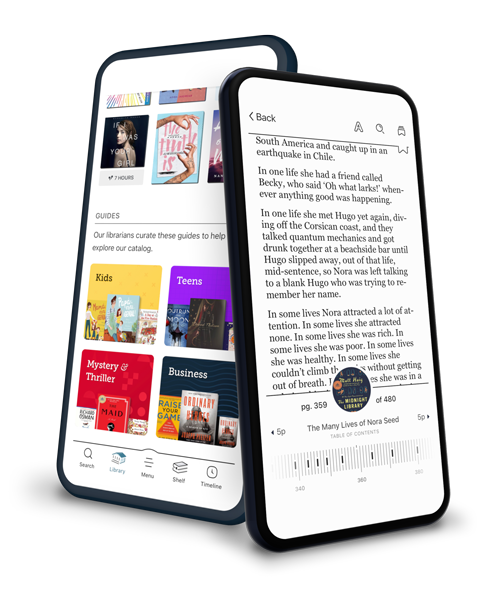
Sign up to save your library
With an OverDrive account, you can save your favorite libraries for at-a-glance information about availability. Find out more about OverDrive accounts.
Find this title in Libby, the library reading app by OverDrive.



Search for a digital library with this title
Title found at these libraries:
| Loading... |
This book aims to help beginners play the trumpet. The book includes 31 trumpet diagrams with fingering positions, along with pitch names and staff notations. Each note here has its own page in the book.
The musical notes in this book cover almost 3 octaves from A#4 to C6.
The sounds produced by the trumpet are a part of many forms of music, from jazz to classical.
While modern trumpets have three piston or rotary valves, early trumpets had none. The purpose of the valves is to lengthen the tubing when engaged, allowing a lower pitch.
By adding lengths of tubing to the trumpet, each valve performs a different function. The first valve lowers the pitch by two semitones, while the second and third lower it by a semitone and three semitones, respectively. When up, the trumpet valve allows air to pass straight through, but when pressed, a section of tubing is opened. In order to take full advantage of the sounds that can be produced, the valves play a key role.






